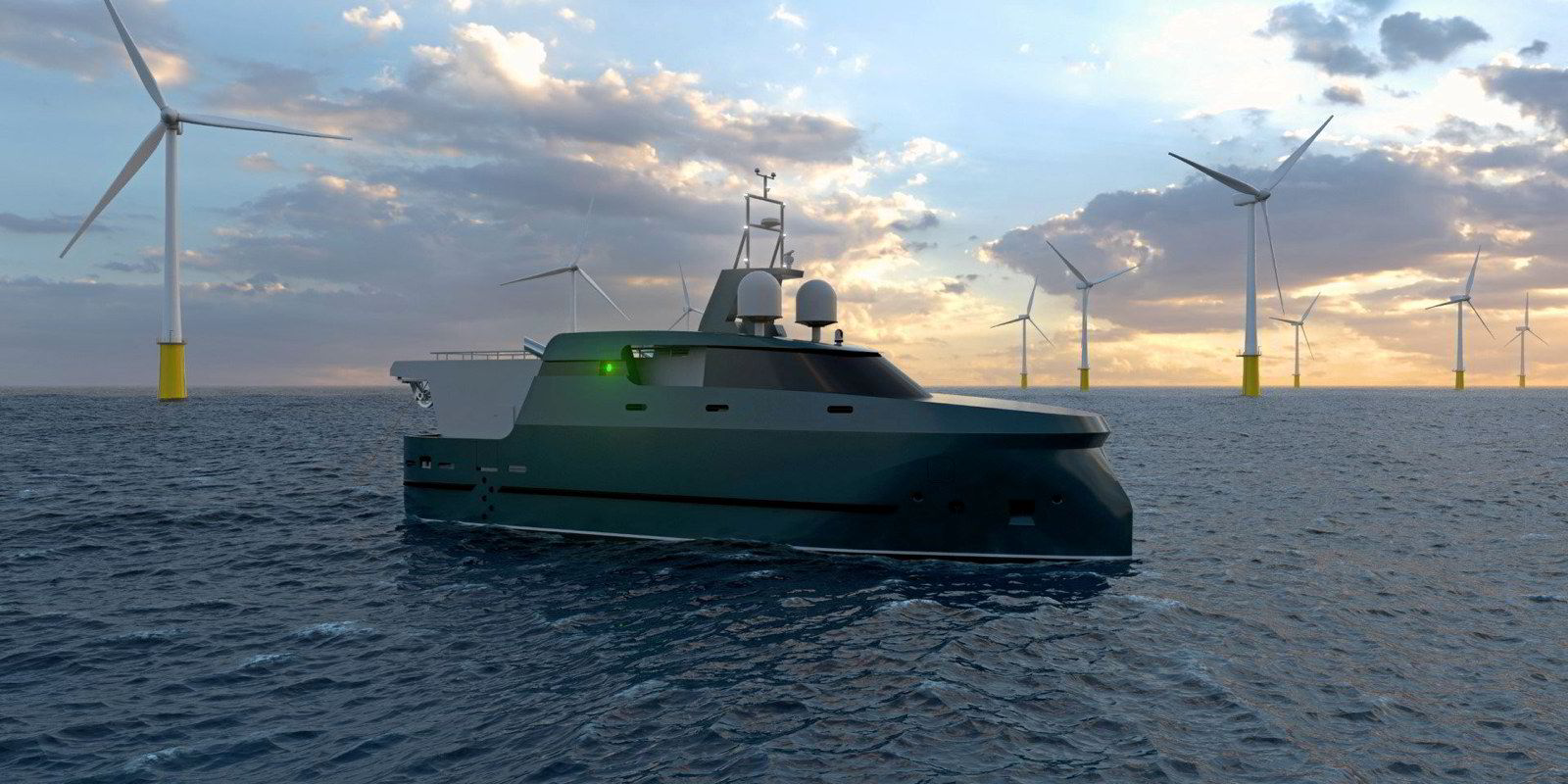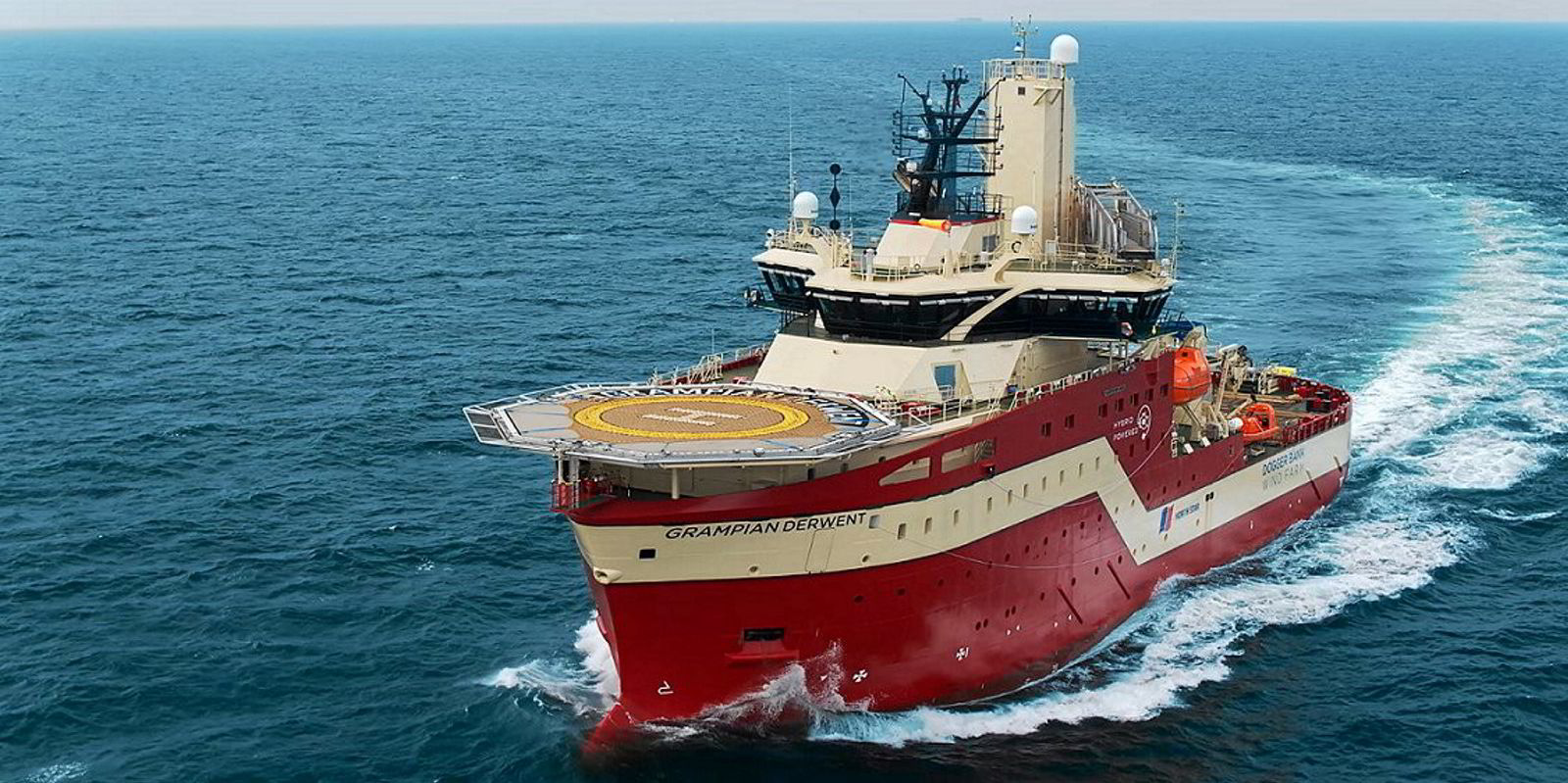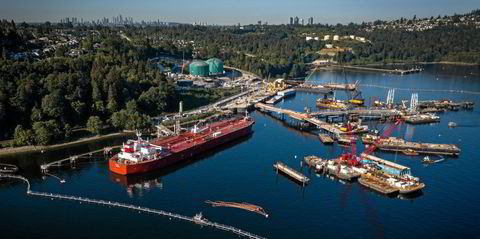Norwegian joint venture USV has ordered its first unmanned ship for offshore wind farm work.
The company, formed in June last year by Solstad Offshore, Ostensjo Rederi and DeepOcean, has picked Astilleros Gondan in Spain to build the unmanned surface vessel.
It is estimated that the ship can cut CO2 output by more than 90% compared with a conventional offshore vessel when conducting subsea inspection, maintenance and repair operations, as well as reducing operating expenses.
No cost has been revealed for the new ship, which will be 24 metres long and 7.5 metres wide.
Work began on the concept in 2018, the owners said.
Salt Ship Design was contracted to work on the project, in close consultation with charterers, technology providers and authorities.
Maritime Robotics will deliver the system that enables remote control and navigation.
A hybrid diesel-electric propulsion system, which includes a battery package from Seam, will allow the vessel to operate offshore for up to 30 days without charging or refuelling.
It will be equipped with a work remote-operated vehicle (ROV) capable of going down to depths of 1,500 metres.
Captain goes ashore
The group said the craft can operate in severe weather.
“With our new [unmanned surface vessel], we are moving the captain onshore, who will still remain in control over the offshore operations. We will operate the vessel and the ROV from an onshore remote operations centre,” said Oyvind Mikaelsen, USV’s chairman and chief executive of DeepOcean.
“This is an excellent way of reducing cost, CO2 footprint and limit personnel exposure to offshore operations.”
Ostensjo investment director Havard Framnes said it is fantastic to provide new technology to the market.
“This shows that the Norwegian offshore cluster is at the forefront of the energy transition. We have good experience in doing business with Solstad Offshore and DeepOcean, and we are pleased to grow the cooperation with this new winning technology,” he added.
The vessel will be delivered by the end of next year and then undergo offshore testing to be ready for operations in 2025.
Lars Peder Solstad, CEO of Solstad Offshore, said: “In practice, this concept represents a step-change in offshore operations. The collective expertise between the three [joint venture] partners, and our experience from the harsh environment of the North Sea, has allowed us to design this technology solution that can operate offshore for up to 30 days.”
The three partners have also established a company called Remota, which will own and operate advanced onshore remote operation centres.
A first centre is already fully operational, operating DeepOcean’s ROVs from Haugesund, Norway.
The aim is eventually to branch out from offshore to other shipping sectors.






